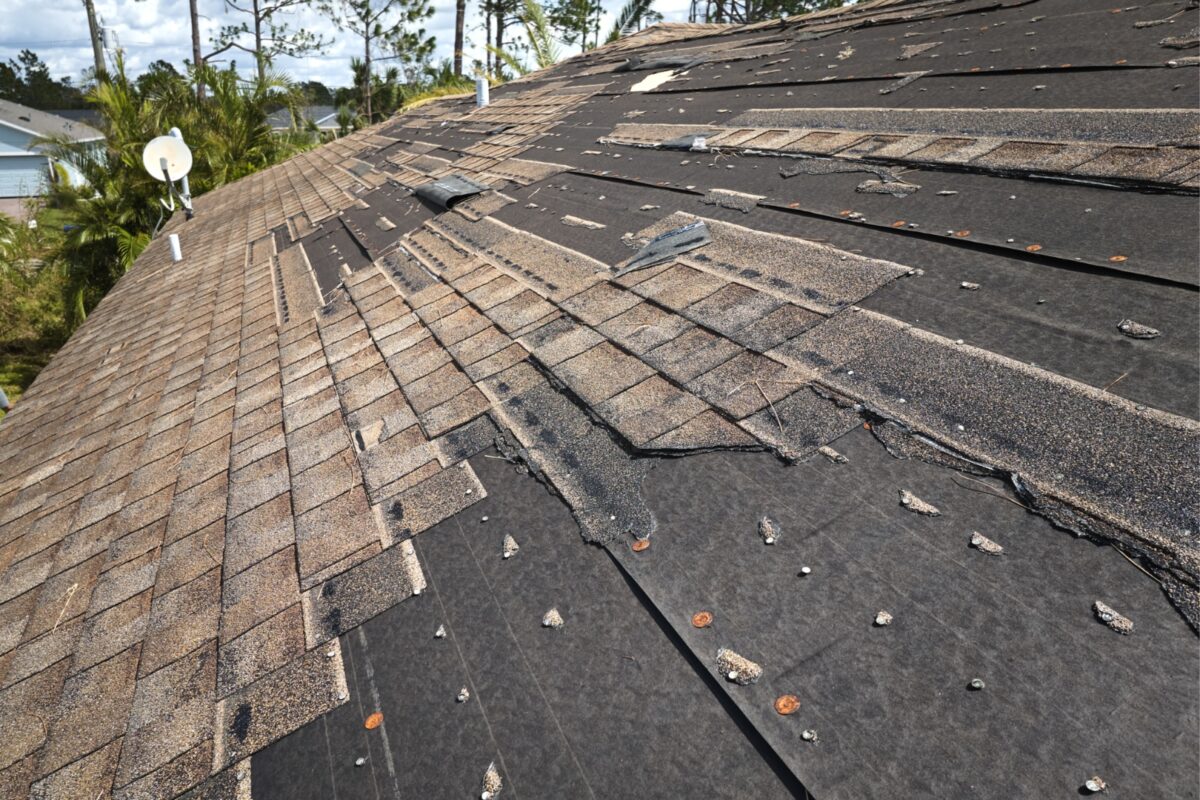Understanding the Differences Between Reroofing, Roof Recovery, and Roof Replacement: Should You Install New Roof Material on Top of the Existing Architectural Roofing Shingles?

Posted on August 23, 2023 by Phillip Camerer
When it comes to maintaining and improving the integrity of your roof, it’s essential to understand the options available. In today’s blog, we explore the differences between:
- Reroofing
- Roof Recovery
- Roof Replacement
Although distinctly different roofing terminology, they are often used interchangeably despite the varying levels of installation complexity that go into each one.
Understanding the nuances will help you make an informed decision about which solution suits your specific roofing needs. Whether you opt for reroofing, roof recovery, or complete replacement will depend on factors such as budget constraints, condition assessment by a professional roofing contractor, and desired longevity for your new roofing system.
Reroofing Explained
Reroofing refers to the installation of new shingles over existing ones on a roof. It is also known as a roof overlay. Although commonly used when the existing roof is still in good condition but needs improvements or updates.
One of the main advantages of reroofing is that it can save time and money compared to a complete roof replacement. By installing new shingles over the old ones, homeowners can avoid the cost and labor-intensive process of tearing off the existing roof.
However, reroofing may only be a suitable option in some situations. Because it typically gets recommended for roofs with only one layer of shingles and minimal damage. A complete roof replacement may be necessary if there are multiple layers or significant damage to the underlying structure.
Overall, reroofing offers homeowners an alternative solution to extend the lifespan of their roofs without undergoing a roof recovery.
Can You Install New Shingles on Top of Existing Architectural Roofing Shingles?
Installing new shingles on top of existing architectural roofing shingles (also referred to as laminated, dimensional, or composite shingles) is a common practice in the roofing industry. However, it is crucial to consider the condition of any existing shingles.
If existing shingles show signs of severe damage, warping, or multiple layers already, installing new shingles on top may not be advisable. In such cases, a complete roof recovery of the old shingles may be necessary.
Although another factor to consider is the weight load; adding another layer of shingles increases the weight on your roof. Ensuring your roof structure can handle the additional weight without compromising its integrity is essential.
Additionally, installing new shingles over existing ones may affect the overall appearance of your roof. The added layer can create an uneven surface that could impact the aesthetic appeal.
It is vital to consult with a professional roofing contractor who can assess your home’s specific roofing situation and provide guidance based on their expertise. They will evaluate factors such as structural integrity, local building codes, and manufacturer warranties to determine whether installing new shingles on top of existing architectural roofing is an affordable option for your roof.
Defining Roof Recovery
Roof recovery refers to adding a new layer of roofing material over existing shingles. It is a standard method used in roof repair to extend a roof’s lifespan and address issues such as leaks or damage.
The process of roof recovery involves several steps. First, the existing shingles get inspected for any signs of damage or deterioration. If necessary, repairs get made to ensure a solid foundation for the new layer of roofing material.
Next, a layer of underlayment gets installed over the existing shingles. It provides an additional barrier against moisture and helps improve the roof’s overall integrity.
Finally, a new layer of roofing material, such as laminated shingles or metal panels, is installed over the underlayment. That provides an added layer of protection while enhancing the aesthetic appeal.
Roof recovery offers several benefits compared to a complete roof replacement. It is generally more cost-effective since it eliminates the need for tearing off and disposing of old shingles. Additionally, roof recovery is usually faster than a roof replacement and therefore causes less disruption to homeowners.
Understanding Roof Replacement
Roof replacement is a significant undertaking that involves the complete removal and installation of a new roof system. When a roof reaches the end of its lifespan or sustains considerable damage, a roof replacement becomes necessary, and all existing roofing materials get removed, including:
- Existing Shingles
- Flashing
- Roof Venting
- Roof Deck
- Underlayment
A complete tear-off is vital to inspect the roof deck below. Doing so creates a durable and weather-resistant barrier that protects the home and its occupants from external elements.
Choosing the Right Roofing Solution by Consulting With A Roofing Pro
When addressing your roofing needs, it’s crucial to understand the different approaches available and consider the best option for your specific situation. As discussed in today’s blog, there are three common roofing restoration approaches: reroofing, recovery, and replacement.
Regular inspections and timely replacements can help prolong the lifespan of your home’s roof. But before making any final decisions, it’s crucial to consult with a roofing pro who can assess your current roof’s condition and provide expert advice on the best option.
Contact the roof pros at Phillip Camerer Roofing today at (417) 451-5479. Their knowledge and expertise will help you with a cost-effective solution using the appropriate materials for your existing composite shingles by following proper installation techniques according to the local building code.
